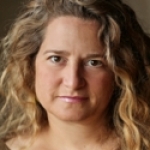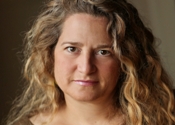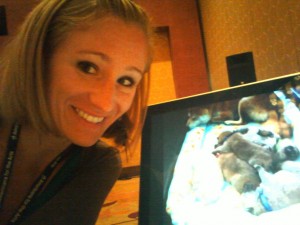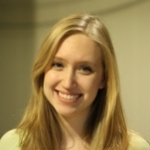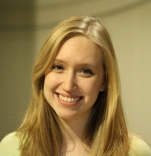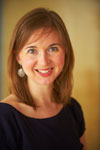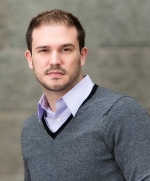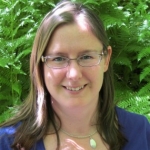
Emily Saunders
My Experience at Annual Convention
Posted by Jun 24, 2014

Emily Saunders
We are cultural ambassadors, arts advocates, civic engagers, and change agents connecting and collaborating to bring the arts into the everyday landscape. As one of many, my focus has been on how to make the arts more accessible to under-served communities. I serve Metro Arts Alliance of Des Moines as an AmeriCorps VISTA. Metro Arts of Des Moines helps make the arts more accessible through free jazz concerts preformed in city parks, and arts integration programs presented within the schools.
By engaging participants from within every neighborhood, we are able to connect the arts to all. In my work, I have seen how cultural engagement within nontraditional spaces has helped bring arts experiences to those across the spectrum. During my year of service I have coordinated 129 arts programs in 59 locations with 25 artists reaching 8,744 youth within Central Iowa.
Read More


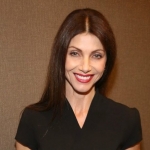
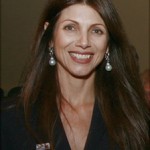


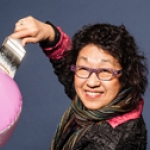


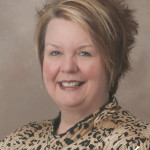

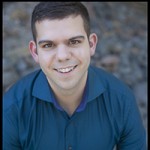















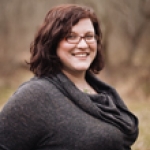



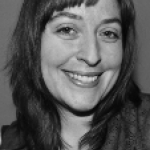




 The photo for our album cover – Public Art n’At by the Office of Public Art and Morton Brown: Live From Agnes Katz Plaza
The photo for our album cover – Public Art n’At by the Office of Public Art and Morton Brown: Live From Agnes Katz Plaza
